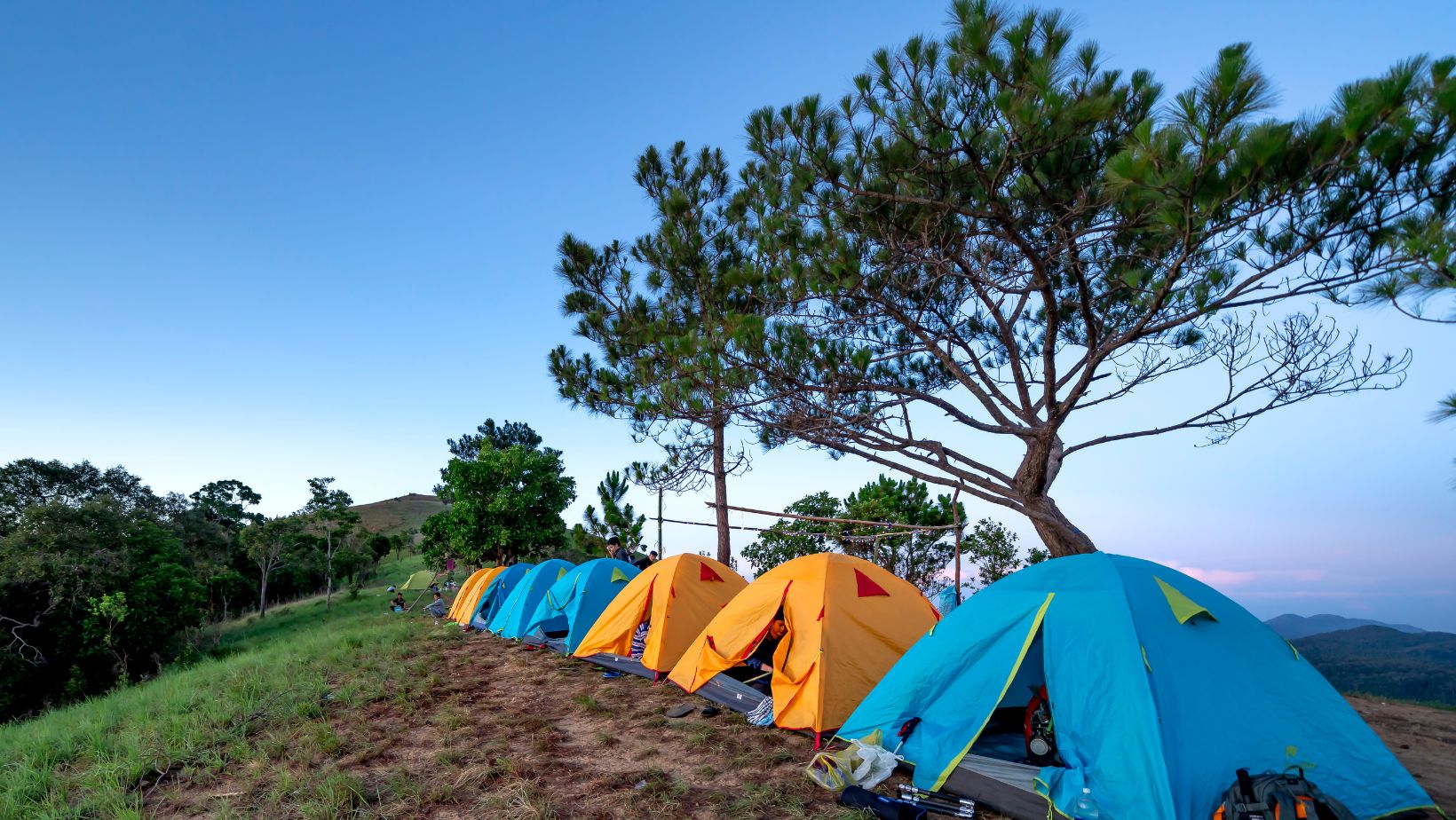Picture this: you’re setting up camp as the sun starts dipping behind the trees, and your phone dies right when you need to check the weather forecast. Or maybe you’re trying to start a fire with numb fingers because you didn’t pack the right gear to keep comfortable. Sound familiar?
Modern camping doesn’t mean you have to go completely off-grid and suffer through basic discomforts. Smart campers know that bringing the right tech gear can make the difference between a memorable weekend and a miserable one. The trick is choosing items that actually solve real problems without turning your backpack into a tech store explosion.
After years of weekend trips—some amazing, others taught me hard lessons—here are seven pieces of tech gear that have proven their worth time and again.
1. A Bulletproof Phone Case That Actually Works
Your phone isn’t just for Instagram shots anymore. It’s your map, weather station, emergency beacon, and flashlight all rolled into one. But phones and nature don’t mix well without proper protection.
Look for cases with IP68 waterproof ratings. This means your phone can take a dip in the lake and come out working. Brands like Ghostek have saved countless camping trips from disaster. The best ones include clear screen protection that works even when wet, plus attachment points for carabiners or lanyards.
Here’s what really matters: drop protection that works on rocks, not just concrete. Camp surfaces are unforgiving. A quality case runs $50-80, but replacing a phone in the middle of nowhere costs way more than money.
Options such as iPhone 17 Pro Max Ghostek Cases are designed with rugged builds and waterproof ratings, making them suitable for protecting phones in outdoor conditions.
2. Cotton Clothing That Feels Like Home
Synthetic fabrics might wick moisture, but they can feel like wearing a plastic bag after a full day. Cotton and cotton blends offer something synthetic materials can’t match—pure comfort against your skin.
For base layers and camp clothes, nothing beats the breathability of cotton. It absorbs moisture naturally and lets your skin breathe during those warm afternoons around camp. Cotton t-shirts, lightweight pants, and especially cotton socks for sleeping make a huge difference in comfort levels.
The key is knowing when to wear cotton. Save it for moderate temperatures and camp activities, not intense hiking or cold weather. Pack a few cotton pieces specifically for hanging around camp, and your body will thank you when it’s time to relax by the fire.
3. Natural Skin Protection That Actually Protects
Mountain sun hits different than city sun. Add in wind, dry air, and reflected light from water or rocks, and your skin takes a beating fast. Chemical-heavy products can irritate skin that’s already stressed from outdoor conditions.
Zinc oxide sunscreens provide the best protection without harsh chemicals. They create a physical barrier that won’t break down in heat or water. Brands like Elire or Blue Lizard make versions specifically for outdoor use.
Don’t forget about after-sun care. Aloe vera gel with natural ingredients like coconut oil helps repair skin damage from wind and sun exposure. Pure aloe works better than products loaded with alcohol that dry out already stressed skin. Pack lip balm with natural SPF—chapped lips can ruin an otherwise perfect camping trip.
4. Power Solutions That Keep You Connected
Dead batteries in the wilderness aren’t just inconvenient—they can be dangerous. A good power bank with solar charging capability gives you backup power and renewable charging.
Look for units with at least 20,000mAh capacity and efficient solar panels. Brands like Goal Zero or Anker make versions specifically designed for outdoor use. The solar panels won’t charge your devices directly very fast, but they’ll keep your power bank topped off during sunny days.
Pro tip: charge everything before you leave home. Solar charging works best as backup, not primary power. A fully charged power bank will keep your essential devices running for several days of normal use.

5. Lighting That Goes Beyond Basic Flashlights
Headlamps changed camping forever. Hands-free lighting means you can actually do things when it gets dark instead of just sitting around holding a flashlight.
The best camping headlamps include red light modes that preserve your night vision. White light blinds you to everything beyond the beam, but red light lets you see your immediate area while keeping your eyes adjusted to darkness. This matters when you need to navigate camp at 2 AM.
USB charging beats disposable batteries every time. Modern LED headlamps run for hours on a single charge, and you can top them off from your power bank. Look for models with multiple brightness levels—you don’t always need full power, and lower settings save battery life.
6. Navigation That Works When Cell Service Doesn’t
Getting lost isn’t fun, even on short weekend trips. GPS devices or smartphone apps with downloaded offline maps provide reliable navigation without depending on cell towers.
For smartphone users, apps like Gaia GPS or AllTrails let you download detailed topographic maps before your trip. These work completely offline and show your exact location even without cell service. The maps include trail markers, water sources, and camping areas marked by other users.
Dedicated GPS units like Garmin devices offer longer battery life and more rugged construction. They’re worth considering for frequent campers who venture into truly remote areas. Either option beats trying to navigate with that tiny map from the park entrance.
7. Entertainment That Brings People Together
A good Bluetooth speaker can transform evening camp time. Music, podcasts, or even audio books add atmosphere to dinner and campfire time.
Choose speakers built for outdoor conditions. Waterproof construction and shock resistance handle the inevitable drops and splashes. JBL Charge series or Ultimate Ears Wonderboom models offer good sound quality with rugged builds designed for outdoor use.
Keep volume reasonable—other campers didn’t come to nature to hear your music. But a little background music during meal prep or quiet tunes around the evening fire can make great moments even better.
Making Smart Choices
The best camping tech serves multiple purposes and solves real problems. Your phone case protects your most important device. Comfortable cotton clothing keeps you happy during downtime. Natural skin protection prevents painful problems. Power solutions keep essential devices working. Good lighting makes everything easier after dark. Navigation prevents dangerous situations. And entertainment brings people together.
None of this gear requires a huge investment, but each piece pays dividends in comfort and safety. Start with the basics—phone protection and reliable lighting—then build your kit over time.
The goal isn’t to recreate your living room in the woods. It’s about bringing tools that let you enjoy nature comfortably and safely while staying connected to the people and information that matter most.
